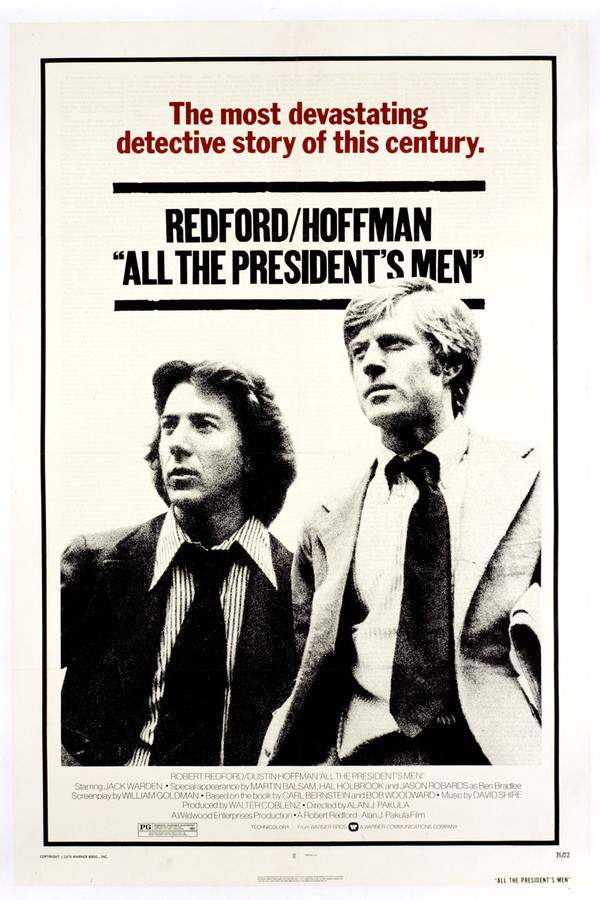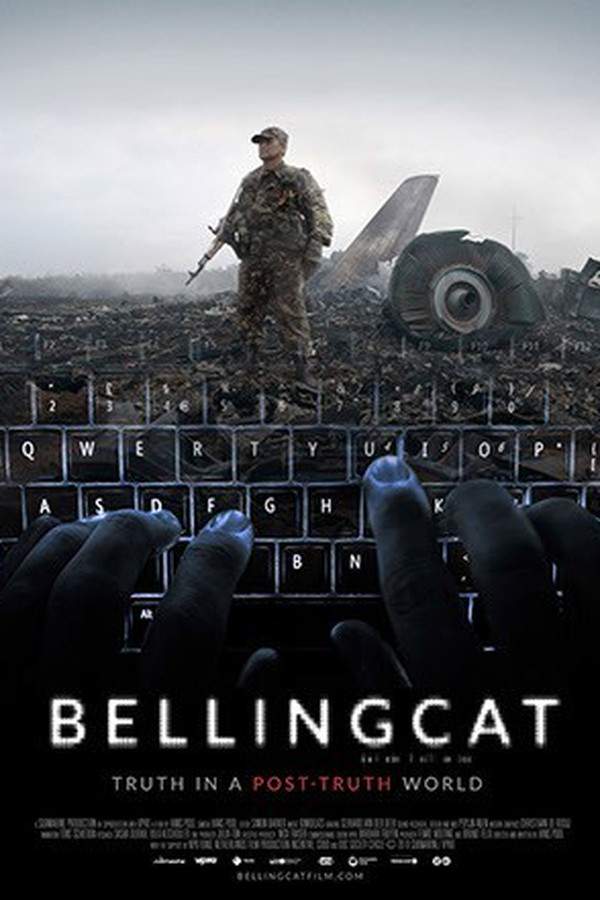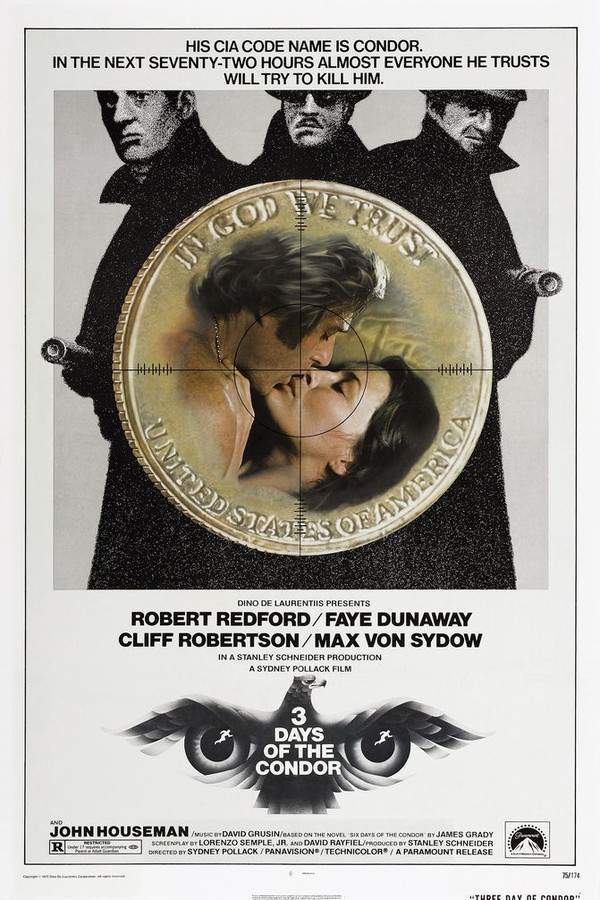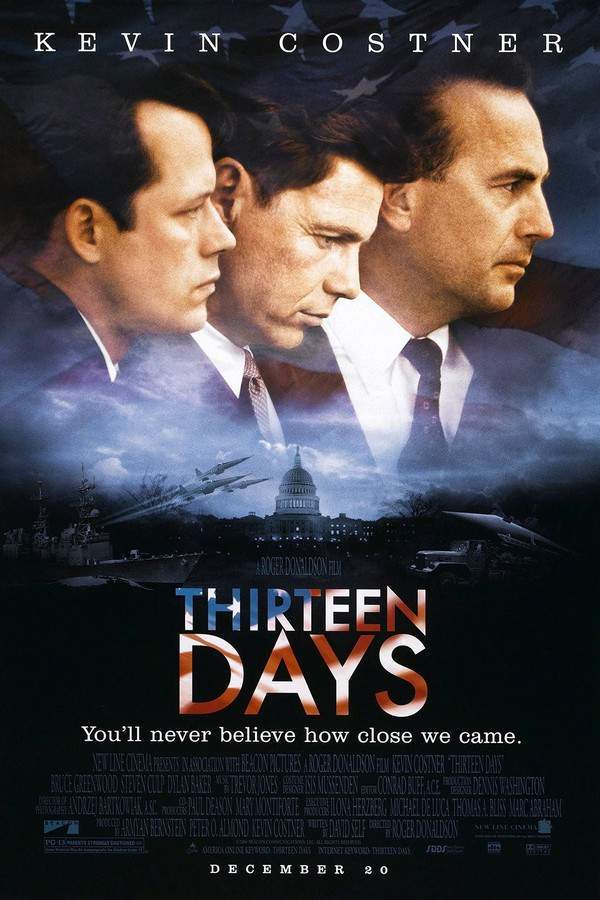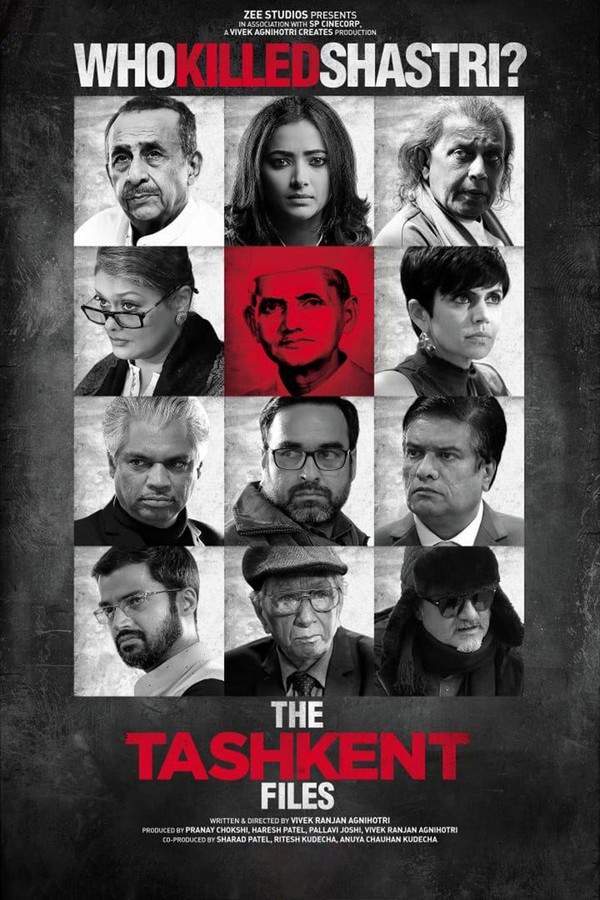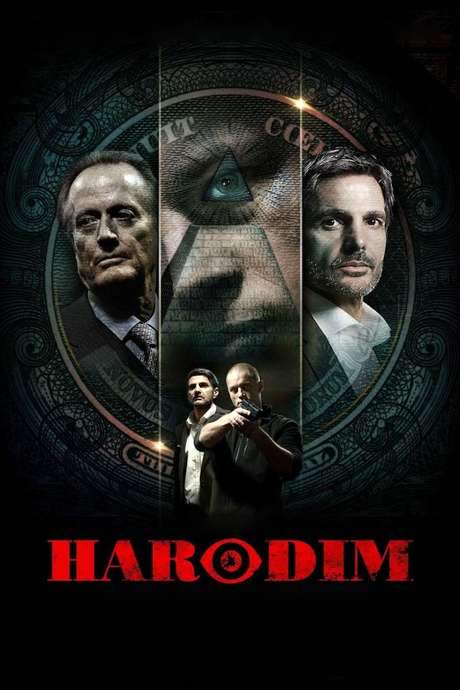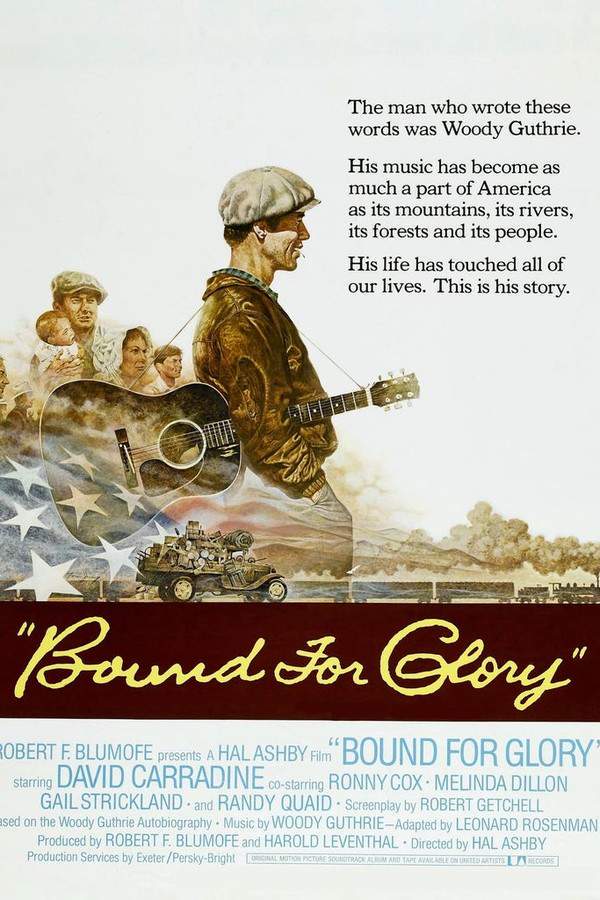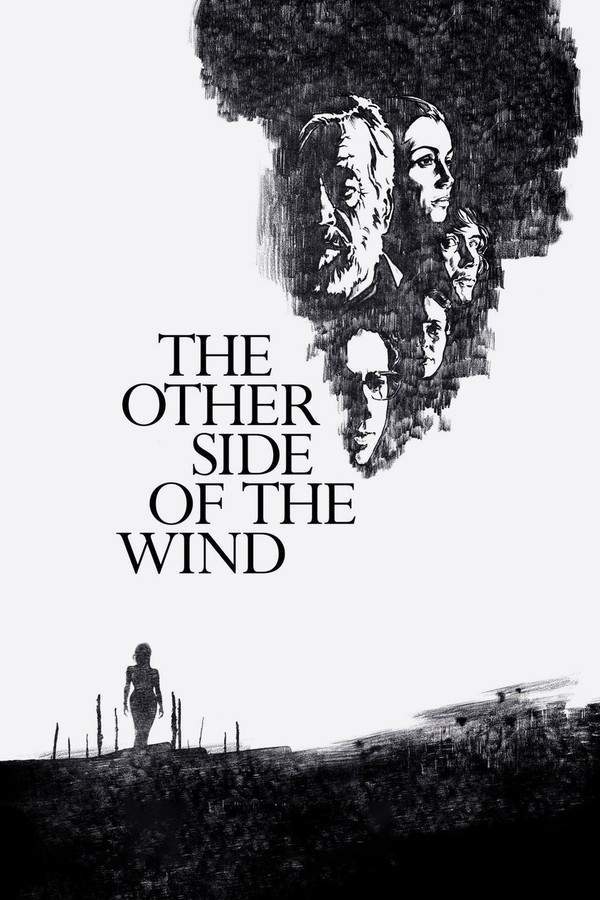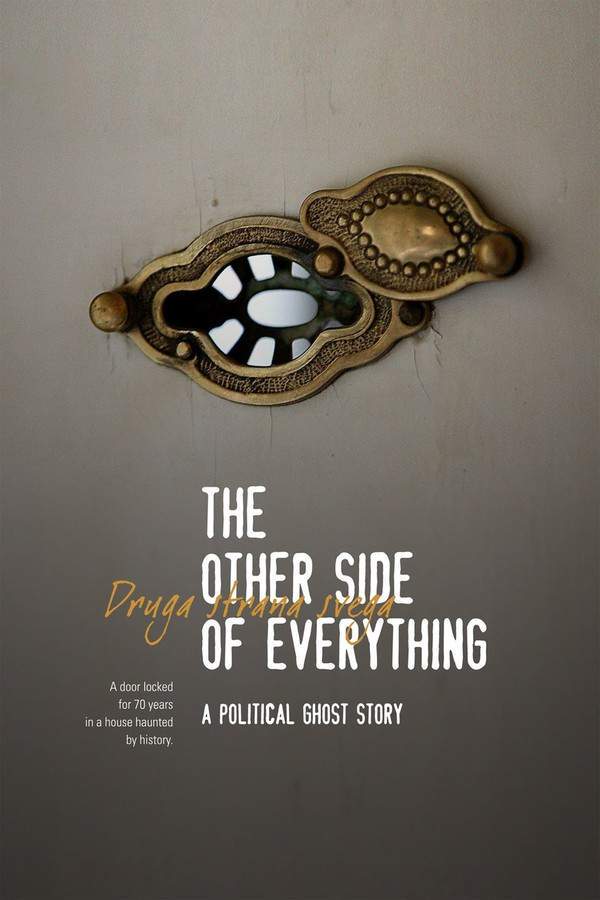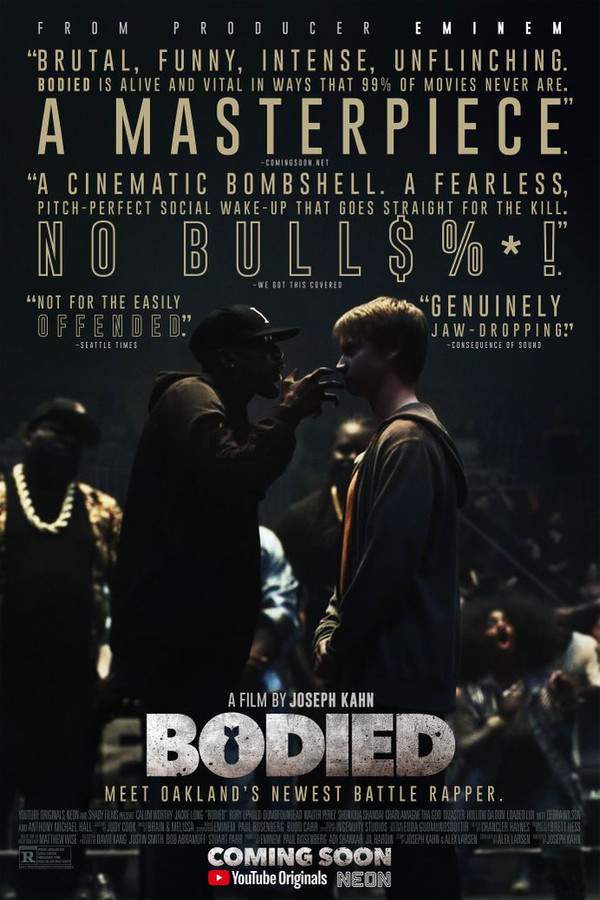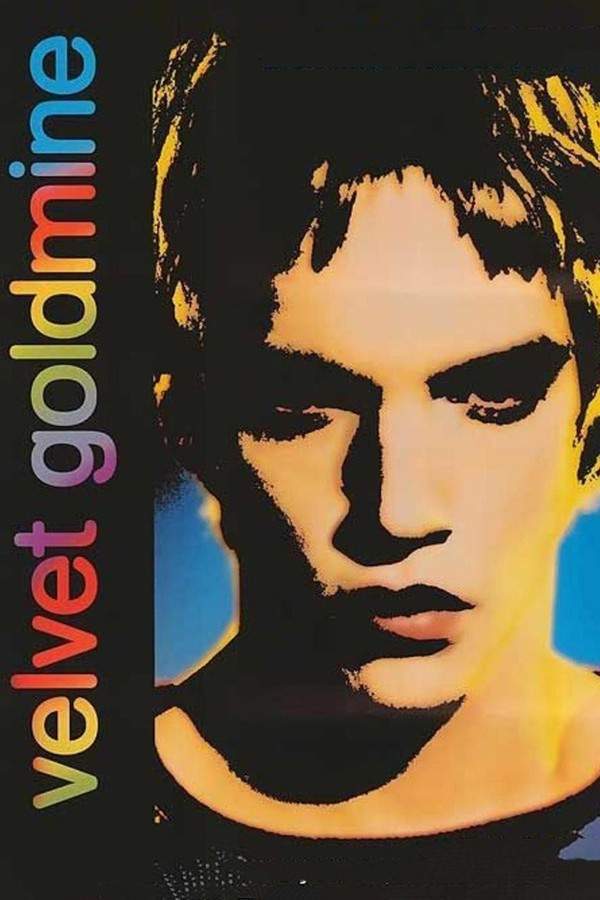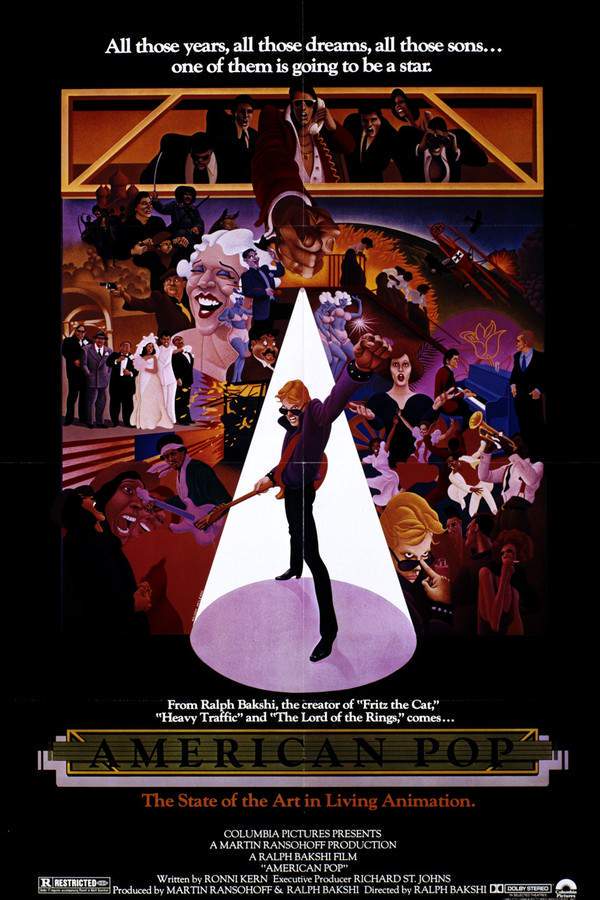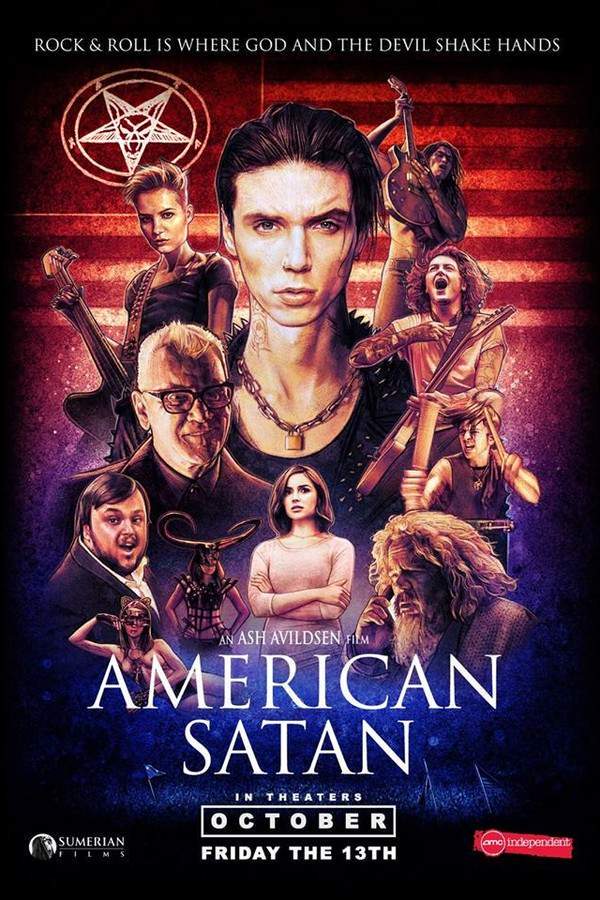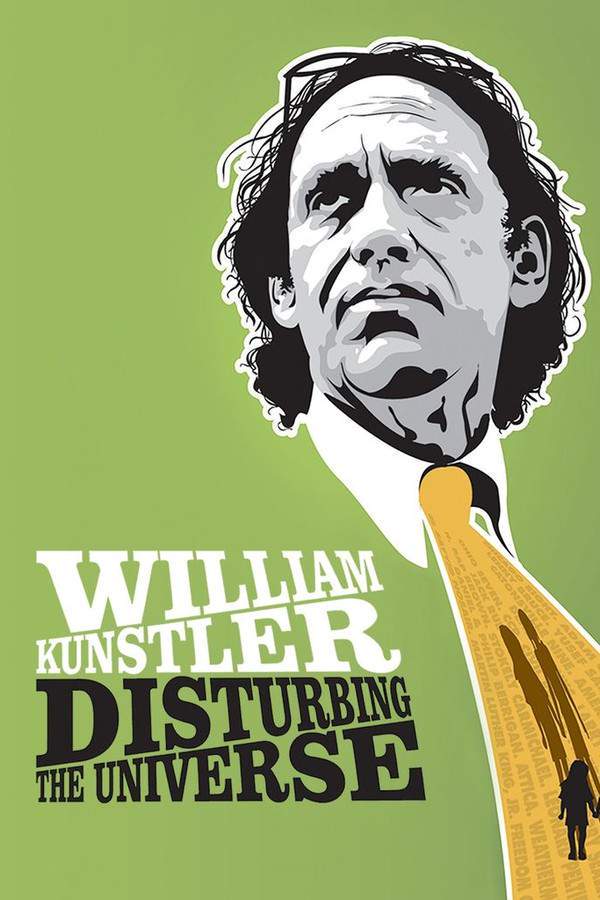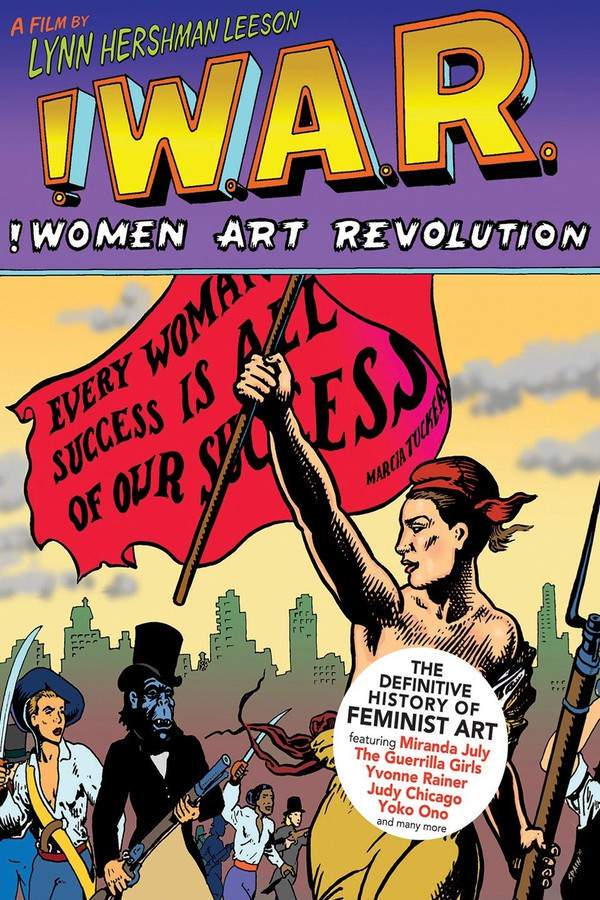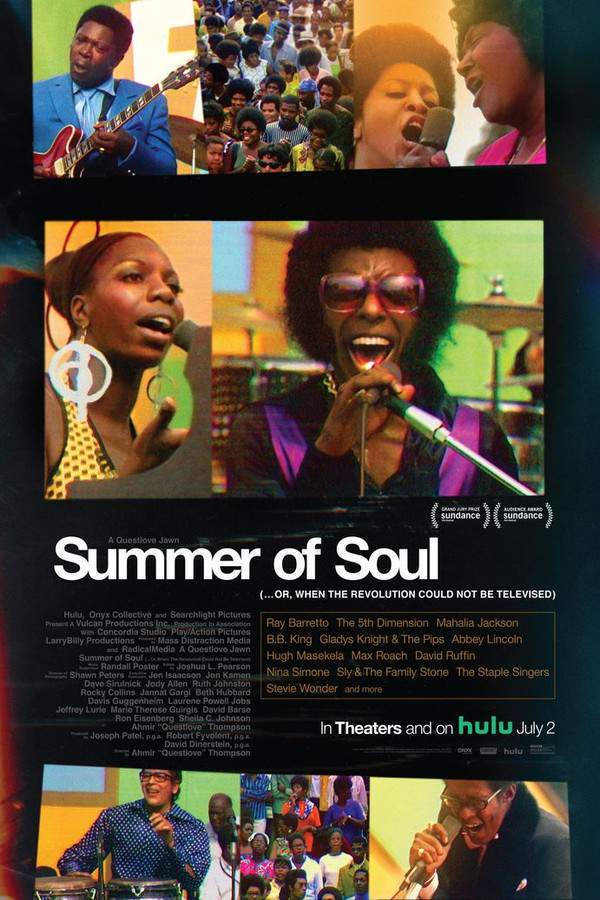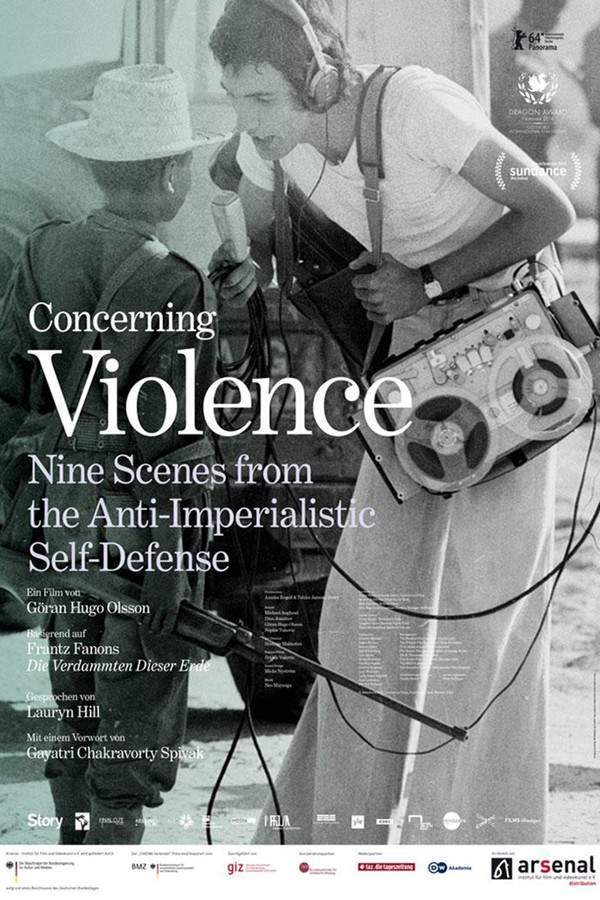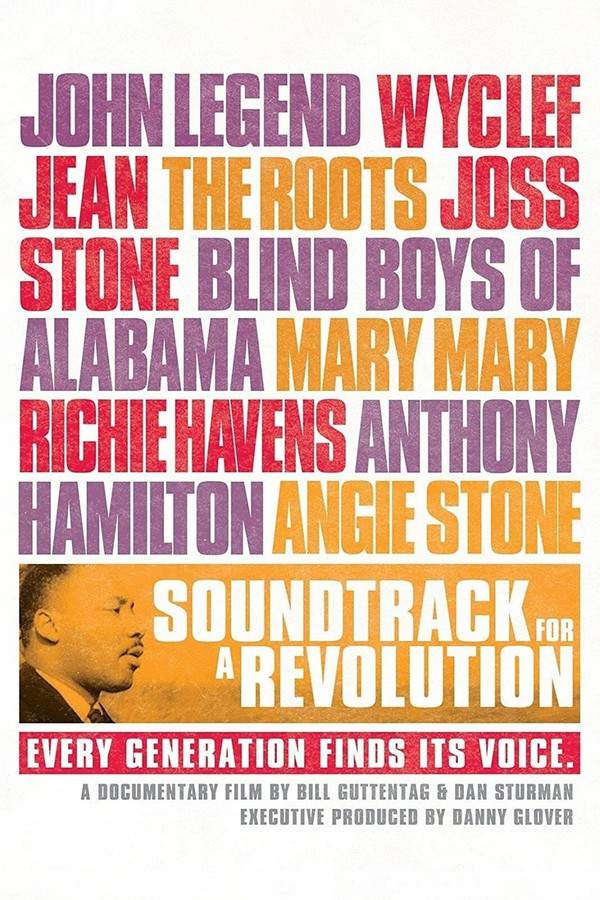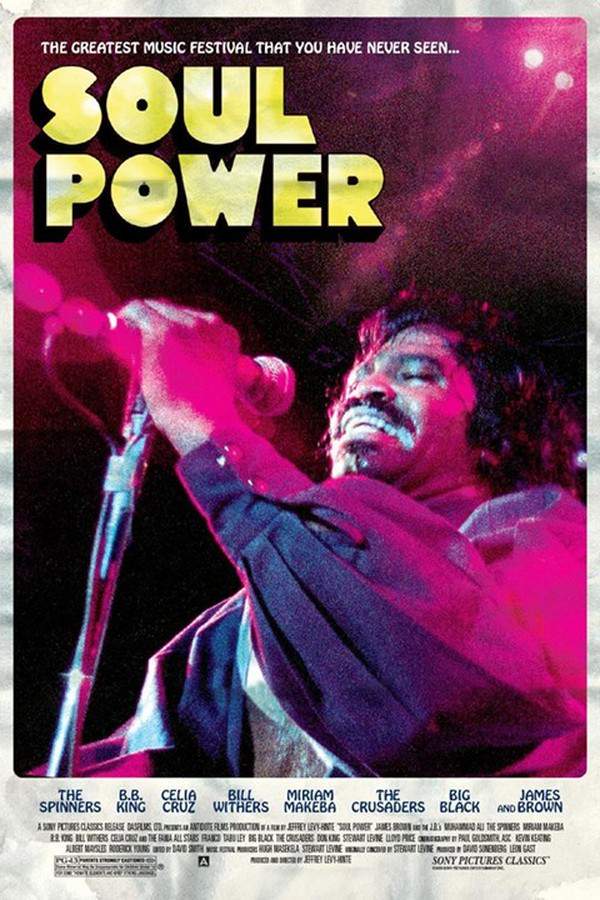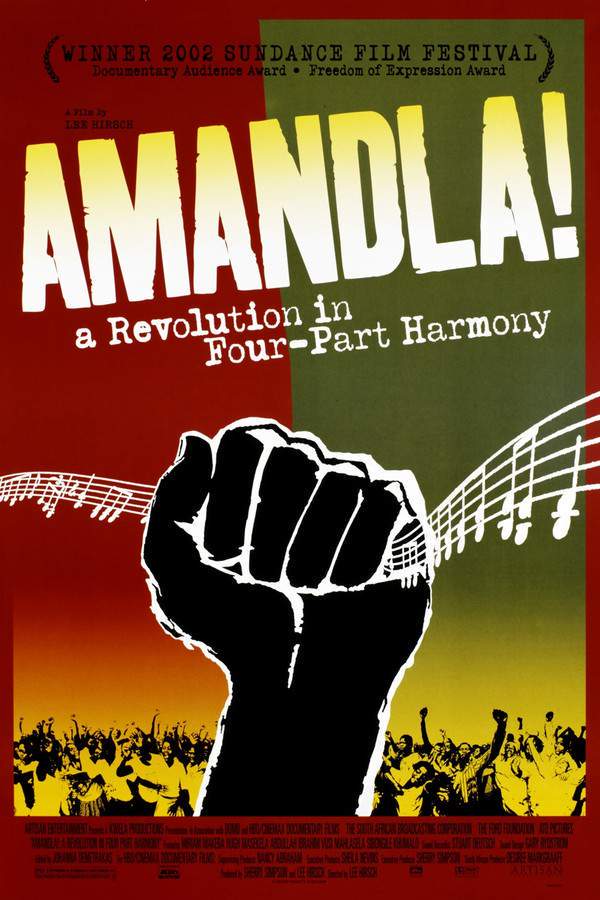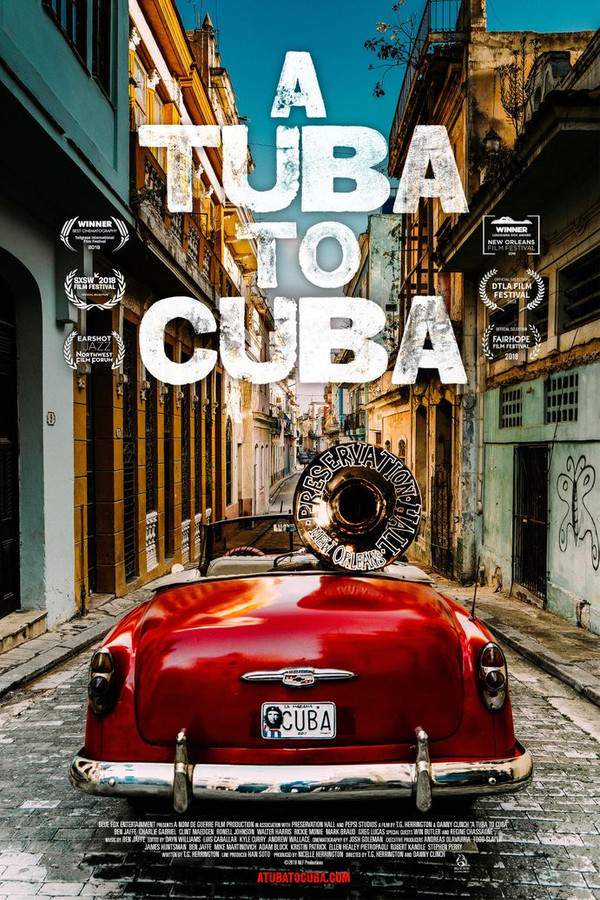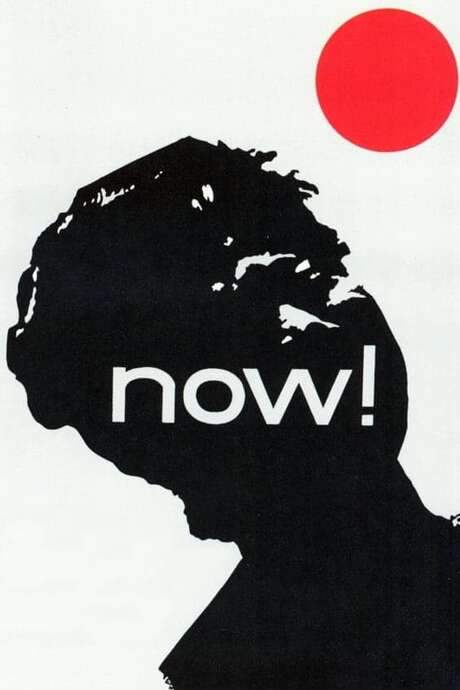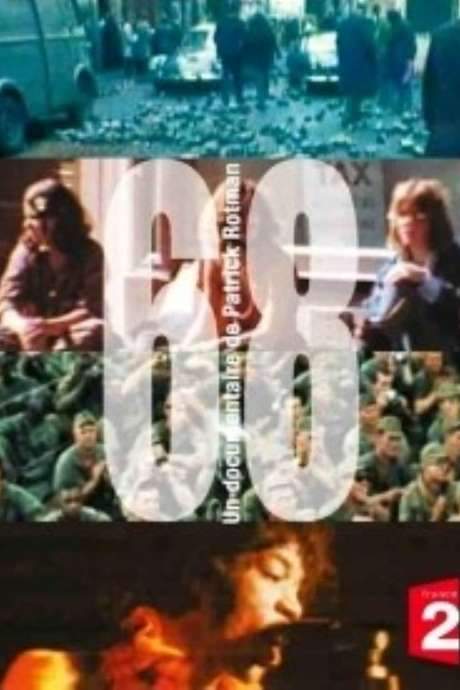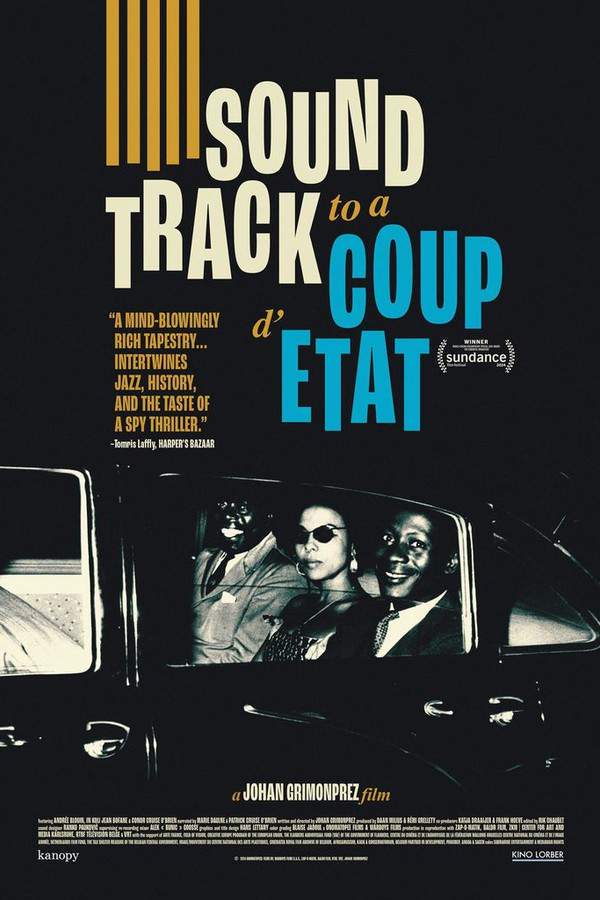
Soundtrack to a Coup d'Etat
In 1960, as the Global South experiences a political upheaval, jazz musicians Abbey Lincoln and Max Roach unexpectedly find themselves at the United Nations Security Council. Amidst Nikita Khrushchev’s dramatic protest against America’s segregation policies, the United States sends jazz ambassador Louis Armstrong to the Congo, hoping to divert focus from the country's first post-colonial coup.
Warning: spoilers below!
Haven’t seen Soundtrack to a Coup d'Etat yet? This summary contains major spoilers. Bookmark the page, watch the movie, and come back for the full breakdown. If you're ready, scroll on and relive the story!
Timeline – Soundtrack to a Coup d'Etat (2024)
Trace every key event in Soundtrack to a Coup d'Etat (2024) with our detailed, chronological timeline. Perfect for unpacking nonlinear stories, spotting hidden connections, and understanding how each scene builds toward the film’s climax. Whether you're revisiting or decoding for the first time, this timeline gives you the full picture.
Last Updated: November 07, 2024 at 22:31
Explore Movie Threads
Discover curated groups of movies connected by mood, themes, and story style. Browse collections built around emotion, atmosphere, and narrative focus to easily find films that match what you feel like watching right now.
Geopolitical thrillers like Soundtrack to a Coup d'Etat
Dramatic stories where global superpowers clash over covert operations.If you liked the high-stakes political intrigue of Soundtrack to a Coup d'Etat, explore more movies about covert operations, Cold War tensions, and the unsettling moral landscape of international power games. These films share a tense tone and a complex view of historical events.
Narrative Summary
Narratives in this thread often focus on pivotal historical moments, unraveling the complex web of alliances, betrayals, and intelligence operations between nations. They typically involve a central, morally conflicted figure caught between ideologies, revealing how individual actions are swept up in colossal geopolitical forces.
Why These Movies?
Movies are grouped here due to their shared focus on global conflict, the tense atmosphere of deception, and the exploration of how historical events are shaped by unseen political machinations. They create a feeling of urgent, conspiratorial dread.
Movies about artists and politics like Soundtrack to a Coup d'Etat
Stories where artists are caught in the crossfire of political agendas.For viewers who appreciated the conflict between jazz music and Cold War politics in Soundtrack to a Coup d'Etat, this section features films exploring how art and artists are used as pawns in political games, resulting in heavy emotional weight and morally complex journeys.
Narrative Summary
The narrative follows an artist or intellectual whose platform or talent becomes a tool for propaganda or soft power. The journey involves a growing awareness of this exploitation, leading to an internal crisis of conscience and a struggle to reclaim their art's purpose, often ending with a sense of bittersweet resolution.
Why These Movies?
These films are linked by their exploration of a specific moral conflict: the tension between artistic integrity and political necessity. They share a heavy emotional weight, a focus on historical context, and a tone that balances passion with a sense of betrayal.
Unlock the Full Story of Soundtrack to a Coup d'Etat
Don't stop at just watching — explore Soundtrack to a Coup d'Etat in full detail. From the complete plot summary and scene-by-scene timeline to character breakdowns, thematic analysis, and a deep dive into the ending — every page helps you truly understand what Soundtrack to a Coup d'Etat is all about. Plus, discover what's next after the movie.
Soundtrack to a Coup d'Etat Summary
Read a complete plot summary of Soundtrack to a Coup d'Etat, including all key story points, character arcs, and turning points. This in-depth recap is ideal for understanding the narrative structure or reviewing what happened in the movie.

Characters, Settings & Themes in Soundtrack to a Coup d'Etat
Discover the characters, locations, and core themes that shape Soundtrack to a Coup d'Etat. Get insights into symbolic elements, setting significance, and deeper narrative meaning — ideal for thematic analysis and movie breakdowns.

Soundtrack to a Coup d'Etat Spoiler-Free Summary
Get a quick, spoiler-free overview of Soundtrack to a Coup d'Etat that covers the main plot points and key details without revealing any major twists or spoilers. Perfect for those who want to know what to expect before diving in.

More About Soundtrack to a Coup d'Etat
Visit What's After the Movie to explore more about Soundtrack to a Coup d'Etat: box office results, cast and crew info, production details, post-credit scenes, and external links — all in one place for movie fans and researchers.

Similar Movies to Soundtrack to a Coup d'Etat
Discover movies like Soundtrack to a Coup d'Etat that share similar genres, themes, and storytelling elements. Whether you’re drawn to the atmosphere, character arcs, or plot structure, these curated recommendations will help you explore more films you’ll love.
Explore More About Movie Soundtrack to a Coup d'Etat
Soundtrack to a Coup d'Etat (2024) Plot Summary & Movie Recap
Soundtrack to a Coup d'Etat (2024) Scene-by-Scene Movie Timeline
Soundtrack to a Coup d'Etat (2024) Spoiler-Free Summary & Key Flow
Movies Like Soundtrack to a Coup d'Etat – Similar Titles You’ll Enjoy
Summer of Soul (...Or, When the Revolution Could Not Be Televised) (2021) Film Overview & Timeline
Concerning Violence (2014) Complete Plot Breakdown
Soundtrack for a Revolution (2010) Detailed Story Recap
Soul Power (2009) Ending Explained & Film Insights
Amandla! A Revolution in Four Part Harmony (2003) Plot Summary & Ending Explained
A Tuba to Cuba (2019) Spoiler-Packed Plot Recap
The Jazz Ambassadors (2018) Ending Explained & Film Insights
Ethiopiques: Revolt of the Soul (2017) Full Summary & Key Details
Imagine the Sound (1981) Complete Plot Breakdown
The Rumba Kings (2021) Movie Recap & Themes
Soul to Soul (1971) Complete Plot Breakdown
Now! (1965) Ending Explained & Film Insights
The Cry of Jazz (1959) Full Movie Breakdown
Disco: Soundtrack of a Revolution (2023) Full Summary & Key Details
68 (2008) Full Movie Breakdown

